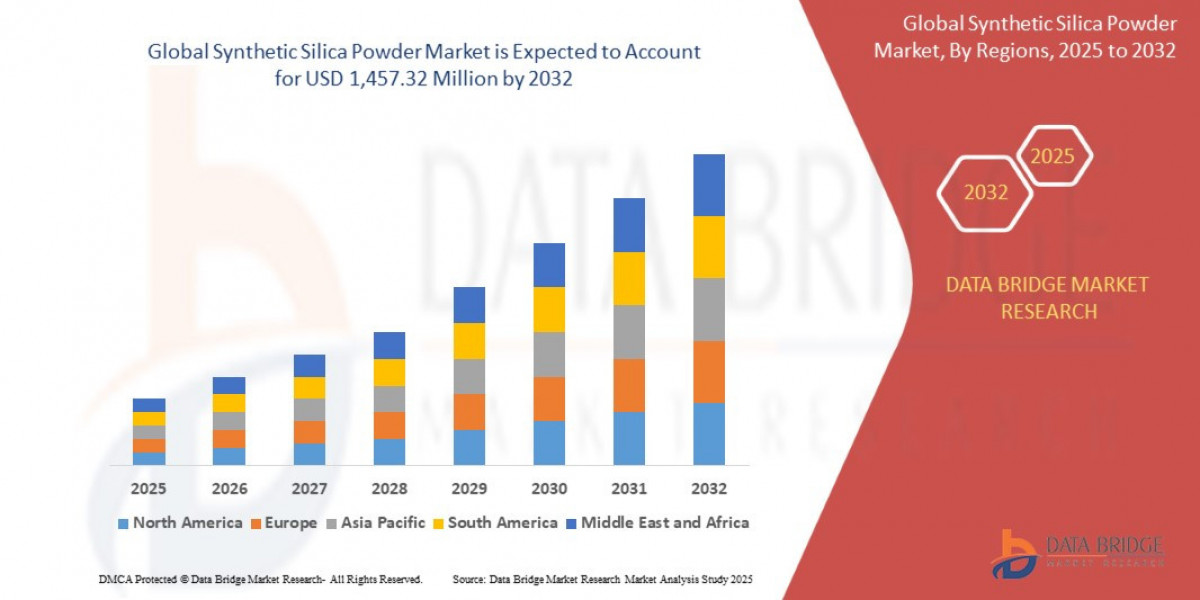In today's digital age, software has become an indispensable part of our lives, powering everything from our smartphones and computers to critical infrastructure. However, this ubiquity has also made it a prime target for counterfeiters, leading to a thriving black market for pirated and fake software. Software counterfeiting, often overlooked in discussions about intellectual property theft, poses significant risks to individuals, businesses, and the wider economy.
What is Software Counterfeiting?
Software counterfeiting encompasses a range of illicit activities involving the unauthorized duplication, distribution, and sale of software. This can manifest in various forms, including:
• Pirated Software: Illegal copies of legitimate software, often distributed via torrents, illegal download sites, or physical media.
• Counterfeit Packaging: Fake software sold in packaging designed to mimic legitimate products, often including forged serial numbers and counterfeit certificates of authenticity.
• Key Generators (Keygens): Programs that generate fake software license keys, enabling users to bypass legitimate activation processes.
• Software Loading: Unlicensed or pirated software pre-installed on computers or other devices sold to unsuspecting customers.
• Online Auction Fraud: Sale of counterfeit or illegally obtained software licenses through online marketplaces.
The Risks of Using Counterfeit Software:
While the allure of obtaining "free" or heavily discounted software may be tempting, the risks associated with using counterfeit software far outweigh any perceived benefits.
• Security Vulnerabilities: Counterfeit software often lacks crucial security updates and patches, making it vulnerable to malware, viruses, and other cyber threats. This can lead to data breaches, identity theft, and financial loss.
• Lack of Support and Updates: Users of counterfeit software are typically denied access to legitimate technical support, updates, and upgrades. This can result in performance issues, compatibility problems, and the inability to utilize new features.
• Legal Consequences: Using or distributing counterfeit software is illegal and can result in significant fines, legal action, and damage to reputation.
• Malware and Viruses: Counterfeit software is often bundled with malware, viruses, and other malicious software that can compromise your system, steal your data, and disrupt your operations.
• System Instability: Counterfeit software can be poorly coded, unstable, and prone to crashes, leading to data loss and reduced productivity.
• Damage to Reputation: For businesses, using counterfeit software can damage their reputation and erode customer trust.
• Support for Criminal Activity: By purchasing counterfeit software, users inadvertently support criminal organizations involved in intellectual property theft and other illicit activities.
The Impact of Software Counterfeiting:
The impact of software counterfeiting extends far beyond individual users. It has significant economic, social, and security implications:
• Economic Losses: Software counterfeiting costs legitimate software developers billions of dollars annually in lost revenue, hindering innovation and investment in new technologies.
• Job Losses: Reduced revenue for software companies can lead to job losses and reduced opportunities in the technology sector.
• Impeded Innovation: Counterfeiting discourages software developers from investing in research and development, hindering the advancement of technology.
• Increased Cybersecurity Risks: Widespread use of counterfeit software contributes to the spread of malware and cyberattacks, posing a significant threat to individuals, businesses, and critical infrastructure.
• Undermining Intellectual Property Rights: Software counterfeiting undermines intellectual property rights, which are essential for fostering creativity, innovation, and economic growth.
How to Stay Safe from Software Counterfeiting:
Protecting yourself and your organization from the risks of software counterfeiting requires vigilance and a proactive approach. Here are some tips to stay safe:
• Purchase Software from Authorized Resellers: Always buy software from reputable and authorized retailers or directly from the software developer's website.
• Be Wary of Suspiciously Low Prices: If a price seems too good to be true, it probably is. Counterfeit software is often sold at significantly discounted prices to lure unsuspecting customers.
• Examine the Packaging Carefully: Inspect the software packaging for signs of tampering, poor print quality, or inconsistencies in branding.
• Verify the Serial Number: Check the software's serial number or product key with the software developer to ensure it is legitimate.
• Use a Reputable Antivirus Solution: Install and maintain a reputable antivirus solution to protect your system from malware and viruses often bundled with counterfeit software.
• Educate Employees: Train employees to recognize the risks of software counterfeiting and to report suspicious software offerings.
• Implement Software Asset Management (SAM): Implement a SAM system to track software licenses and ensure compliance with licensing agreements.
• Report Suspected Counterfeiting: Report suspected software counterfeiting to the software developer or to law enforcement agencies.
Conclusion:
Software counterfeiting is a serious problem that poses significant risks to individuals, businesses, and the wider economy. By understanding the risks, taking preventative measures, and supporting legitimate software developers, we can help combat software counterfeiting and create a safer and more innovative digital environment. Remember, investing in legitimate software is an investment in security, stability, and the future of technology.








